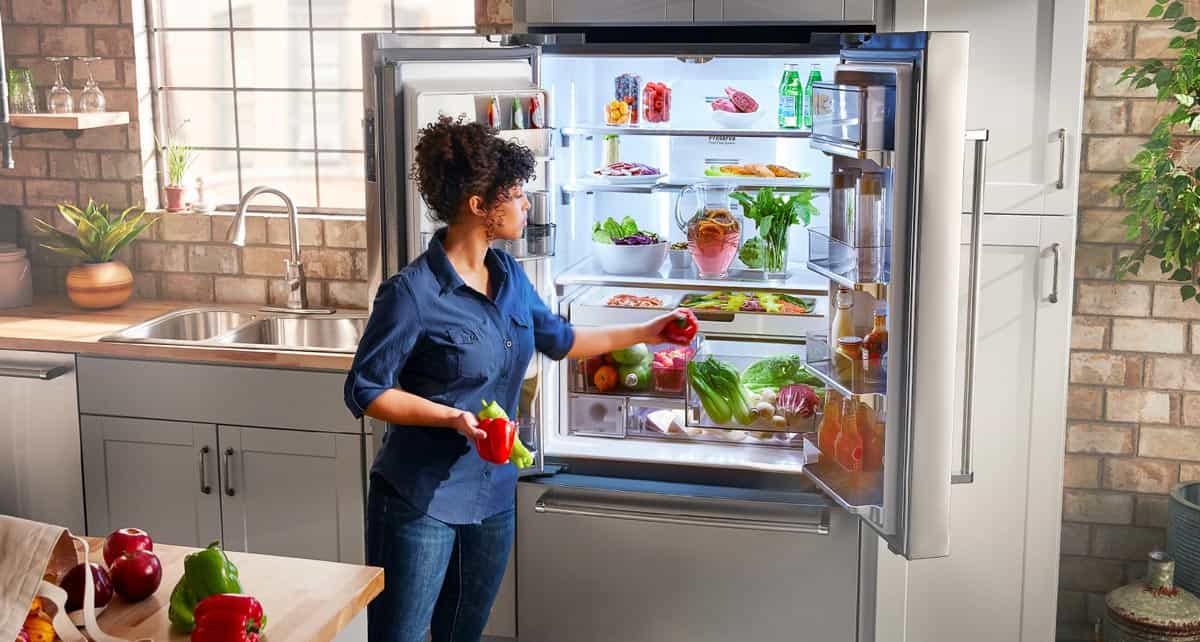Three Tips for Fresh Eating in the New Year
The new year is here, and it’s time for us to make good on those healthier resolutions, but finding ways to eat fresh can be tough. Dining out is often unreliable, and finding pre-cooked, wholesome meals can be expensive. When time allows, however, cooking at home is best – especially when you can select fresh, seasonal ingredients from your local grocer.
To prepare for your healthy eating quest, you’ll want to properly sort and store the ingredients you’ve purchased. Luckily, there are a few simple tricks to getting the most out of the fresh foods you’ve invested in.
1. Shop With the Season in Mind
When buying fruits and veggies, it’s always a good idea to plan your menu around ingredients that are in season. This will help you keep costs low while still allowing you to eat healthy. This time of year, grapefruit, kale, cabbage, leeks, broccoli, tangerines and turnips are ripe for the picking and make for healthy eating all season long.
2. Know Your Food
Here’s a secret: Not everything goes in the refrigerator! Different produce requires different storage conditions, and without taking this into account, your goods will go bad faster than expected. Some foods, like bananas, potatoes, onions and lemons are better left in a room temperature environment. Others, like strawberries, apples, broccoli and carrots, prefer colder spaces.
Separate open-air produce from those requiring refrigeration, and place them in a dry place within your kitchen. Try to avoid placing them directly beneath air vents as these can introduce contaminants or cause temperature fluctuations.
3. Optimize Your Refrigeration Space
For everything that requires refrigeration, make sure you have a clean, produce-appropriate place in your refrigerator. For best results, use an appliance that provides functionality for both fruits and vegetables. The two groups have slightly different storage requirements that affect how quickly they ripen and expire.
Some brands, like KitchenAid, offer “fool-proof” crisper drawers that help you determine which setting is most appropriate for your produce. Low moisture (open setting) is best for fruits and vegetables with skins. Higher moisture (closed) keeps moist air in the crisper for storage of fresh, leafy vegetables.
Count On Coburn’s
If your kitchen is ready for an upgrade, visit a Coburn’s Kitchen & Bath Showroom for appliance options and guidance. Our consultants are committed to customer satisfaction and will ensure your purchase delivers the value and performance you expect.
